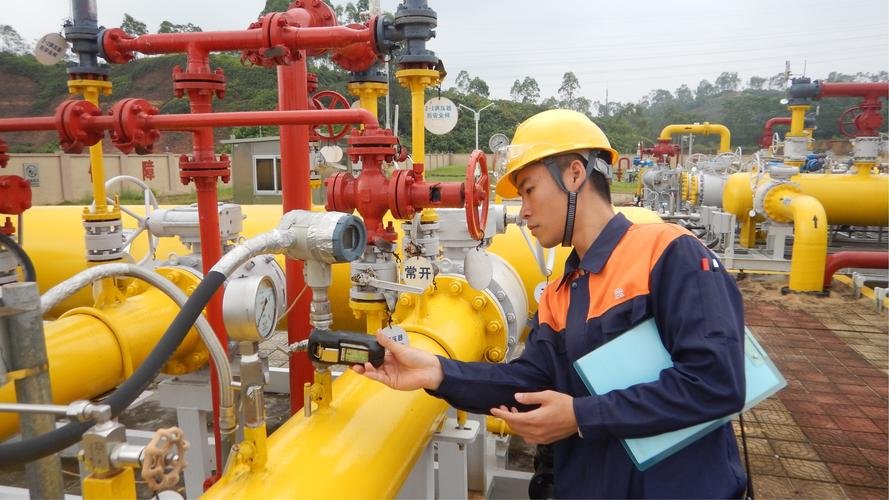What is the appropriate amount of tetrahydrothiophene odorant to be added ?

With the increase of national environmental protection efforts and the implementation of the “dual carbon” goal, the application of gas as a clean energy source is becoming increasingly widespread, and corresponding gas safety issues are also highlighted. In order to raise people’s awareness in a timely manner and prevent or reduce the occurrence of malignant accidents such as poisoning and explosion caused by pipeline gas leakage that cannot be detected in a timely manner, it is particularly important to add odorants (tetrahydrothiophene) to urban gas and remind users to take necessary measures through abnormal odor (tetrahydrothiophene).
The reasons for gas explosion accidents are very complex. Adding odorants (tetrahydrothiophene) to the gas cannot completely prevent the occurrence of gas accidents. However, the warning effect of gas odorization is very obvious and is an important way for gas users to detect gas leaks.
So, how much dose should be added to achieve the purpose of warning while meeting economic and environmental requirements-
In the “Code for Urban Gas Design” GB 50028-2006 (2020 Edition)
3.2.3 Urban gas should have a noticeable odor, and the small amount of odorants added to the gas should comply with the following regulations:
When non-toxic gas leaks into the air and reaches 20% of the lower explosive limit, it should be detectable;
In the “Gas Engineering Project Specification” GB 55009-2021
3.0.8 When supplying gas, odorization should be carried out. The small amount of odorant should comply with the following regulations:
When non-toxic gas leaks into the air and reaches 20% of the lower explosive limit, it should be detectable;
In the above specifications, a keyword that should be noticeable is mentioned. ‘Should be able to detect’ is related to the intensity of the odor in the air and human olfactory ability. The olfactory intensity of odorants refers to the strength of the odor that can be detected. The first edition of the international gas industry adopts the Sales level, as shown in the table below
| Odor intensity and olfactory level | Feel |
|---|---|
| 0 | Odorless |
| 0.5 | Very faint odor (lower limit of odor detection) |
| 1 | A faint odor |
| 2 | Medium odor (warning odor level) |
| 3 | Strong odor |
| 4 | A very strong odor |
| 5 | Maximum odor(Very strong odor) |
According to convention, the alarm level (warning odor level) is taken as a medium odor with a olfactory level of 2 in the table above. So, the meaning of this keyword “should be perceptible” refers to normal individuals with average olfactory ability, who should be able to detect the presence of gas in the air when the odor intensity of odorants in the air gas mixture reaches level 2.
Taste is only qualitative and used for identification. How to perform quantitative addition calculations at the gas supply end? For small odorization amounts in non-toxic gas, it is advisable to calculate them using the following formula:
![]()
In the equation:
Cn – minimum odorant concentration at the end (mg/m3);
K – The minimum concentration value (mg/m3) at which the odorant reaches the warning odor in the air;
L1- Lower explosion limit (volume fraction) of gas in air.
When determining the amount of odorant, factors such as the specific situation of local gas and the type of odorant used should also be considered. If conditions permit, it should be determined through experiments.
Taking tetrahydrothiophene (THT) as an example, according to foreign data, when the tetrahydrothiophene (THT) in the air is 0.08mg/m3 (the K value in the above equation), it can reach a human determined detectable concentration, that is, the odor will be detected by 99% of people (* with a low probability of 99%). Taking natural gas with a lower explosive limit of 5% as an example, after calculation, it should contain less THT8mg/m3 in natural gas, which is a theoretical value. The actual odorization amount should consider factors such as pipeline length, material, corrosion, and gas composition, taking 2-3 times the theoretical calculation value.
The following are the relevant regulations on the dosage of natural gas odorization in several foreign countries.
| No. | Country | Gas type | Odorant type &Odorizing dose(mg/m3) |
|---|---|---|---|
| 1 | Belgium | Natural gas | Tetrahydrothiophene:18-20 |
| 2 | France | Natural gas | Tetrahydrothiophene:25 |
| 3 | Germany | Natural gas | Tetrahydrothiophene:15-18 Mercaptan:5-8 Sulfur free odorant:10-15 |
| 4 | Netherlands | Natural gas | Tetrahydrothiophene:18 |
| 5 | UK | Natural gas | Tetrahydrothiophene:16 Mercaptan:6 |
| 6 | Italy | Natural gas | Tetrahydrothiophene:20-40 Mercaptan:4-8 |
| 7 | Austria | Natural gas | Tetrahydrothiophene:10-20 Sulfur free odorant:10-15 |
| 8 | Denmark | Natural gas | Tetrahydrothiophene:18 |
| 9 | China | Natural gas | Tetrahydrothiophene:20-25 |
